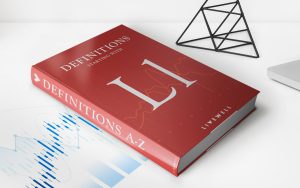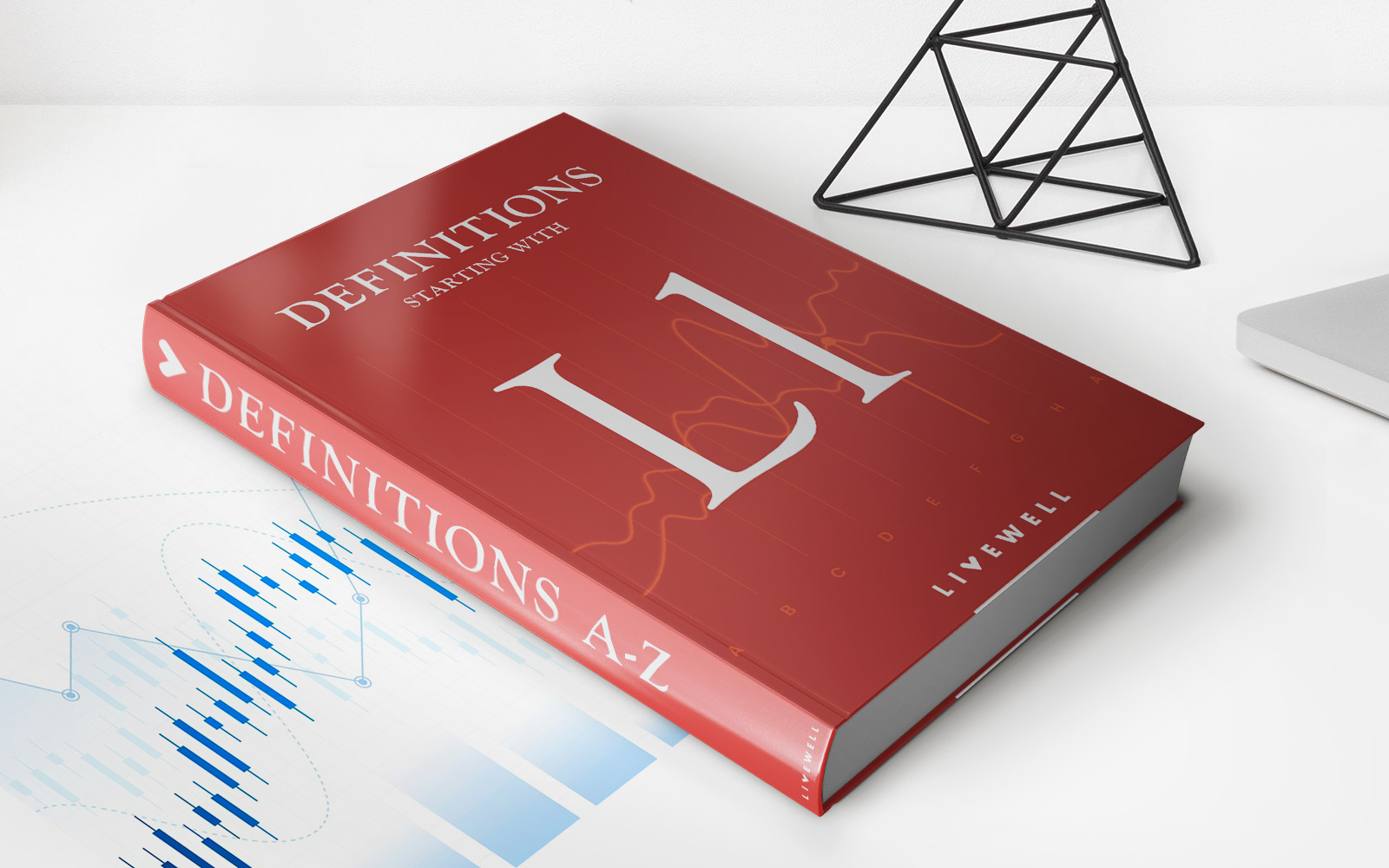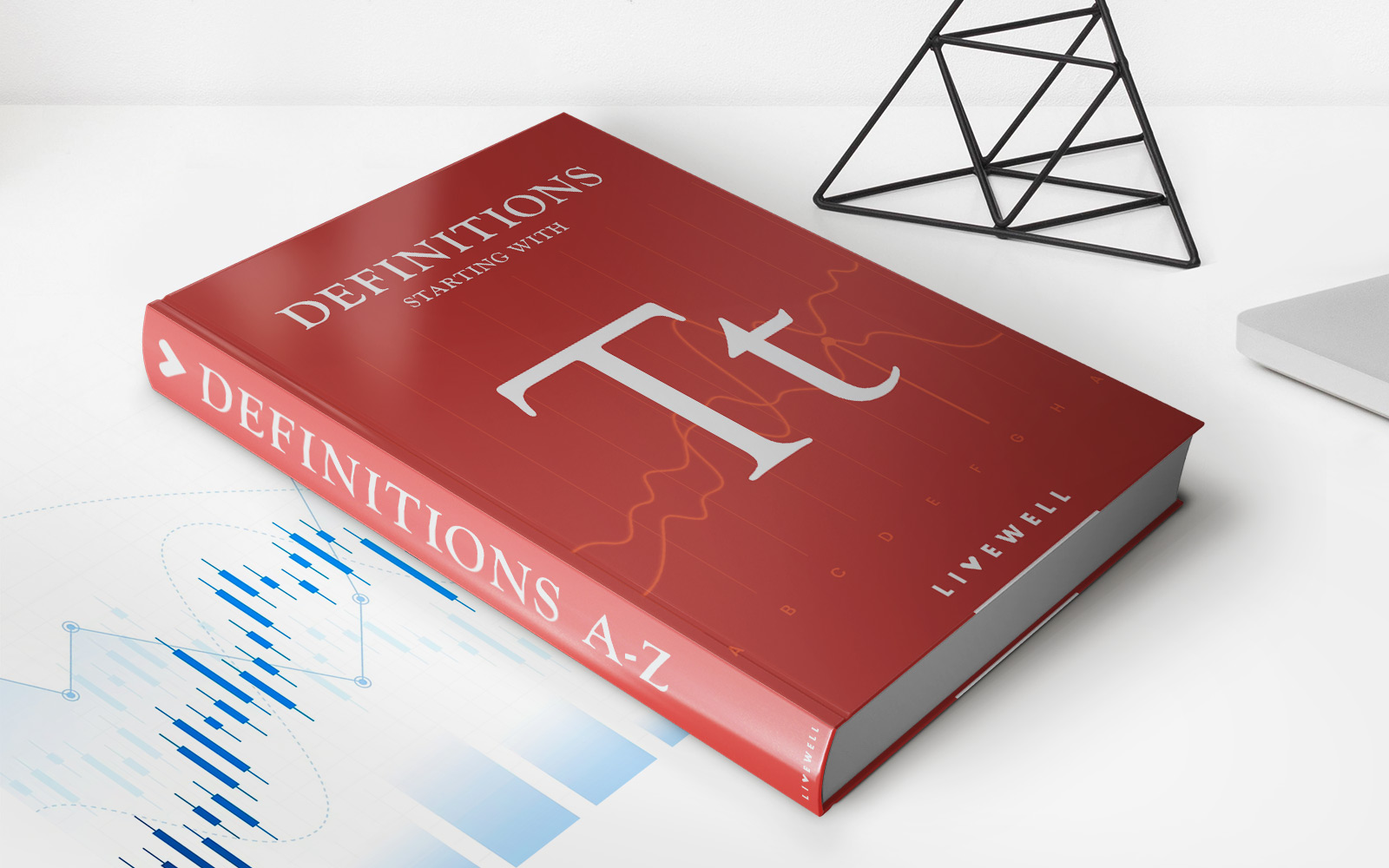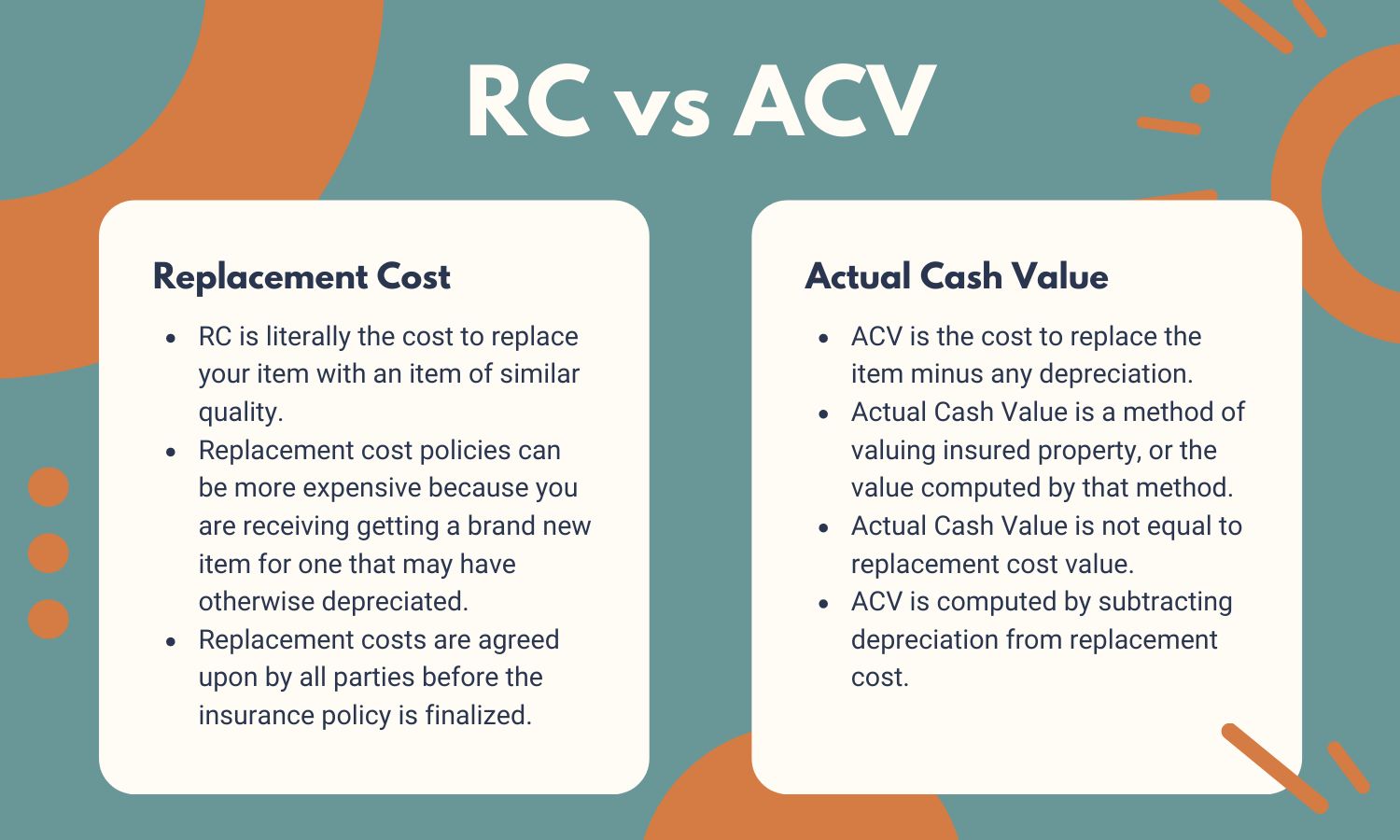Home>Finance>What Is A Loss Carryback? Definition, History, And Example


Finance
What Is A Loss Carryback? Definition, History, And Example
Published: December 20, 2023
Learn about loss carryback in finance, including its definition, history, and an example. Understand how it can impact businesses' tax liabilities and financial planning.
(Many of the links in this article redirect to a specific reviewed product. Your purchase of these products through affiliate links helps to generate commission for LiveWell, at no extra cost. Learn more)
What Is a Loss Carryback? Definition, History, and Example
Welcome to our blog series on finance! Today, we are going to dive into the concept of loss carryback. Loss carryback is an important aspect of tax planning for businesses and individuals, allowing them to offset current losses against past profits. In this article, we will provide a comprehensive definition of loss carryback, explore its history, and provide a practical example to help you better understand its application.
Key Takeaways:
- Loss carryback allows businesses and individuals to offset current losses against past profits for tax purposes.
- This mechanism helps taxpayers reduce their tax liabilities and provides a safety net during financially challenging years.
Definition of Loss Carryback
Loss carryback is a tax provision that allows businesses and individuals to apply their current year’s losses to previous years’ taxable income. In simple terms, it means that if you experience a loss in one year, you can use it to reduce the taxable income of previous profitable years, resulting in tax savings.
This mechanism is especially helpful during economic downturns or when a business faces unexpected losses. By carrying back losses, taxpayers can ease their financial burden and potentially receive a tax refund for the applicable years.
A Brief History of Loss Carryback
The concept of loss carryback has a relatively long history. It was initially introduced in the United States during the Great Depression in the 1930s. The government recognized that businesses and individuals needed financial relief during such challenging times, leading to the creation of the loss carryback provision.
Over the years, loss carryback has evolved in different countries and tax systems, reflecting changing economic landscapes and tax policies. While the specific rules and limitations may vary across jurisdictions, the core principle remains the same: allowing taxpayers to offset current losses against prior years’ profits.
An Example of Loss Carryback
Let’s consider a hypothetical scenario to illustrate how loss carryback works. Suppose ABC Company made a profit of $100,000 in 2019 and paid taxes on this income. However, due to unforeseen circumstances, the company incurred a loss of $50,000 in 2020.
Under the loss carryback provision, ABC Company can apply the $50,000 loss from 2020 to offset its taxable income from 2019. As a result, the company can recalculate its tax liability for 2019 based on an adjusted income of $50,000 ($100,000 – $50,000). If the tax rate is, for instance, 25%, ABC Company would receive a tax refund of $12,500 ($50,000 x 25%).
This example demonstrates how loss carryback can provide financial relief and help companies manage unexpected losses by reducing their tax liabilities.
Wrap Up
Loss carryback is an essential tax planning strategy that enables businesses and individuals to mitigate the impact of losses by offsetting them against prior years’ profits. It has a rich history dating back to the Great Depression, and its application varies across jurisdictions. By understanding the concept of loss carryback and its potential benefits, taxpayers can navigate challenging financial situations and optimize their tax positions.
We hope this article has shed light on loss carryback and its significance. Stay tuned for more informative content on finance in our blog series!














